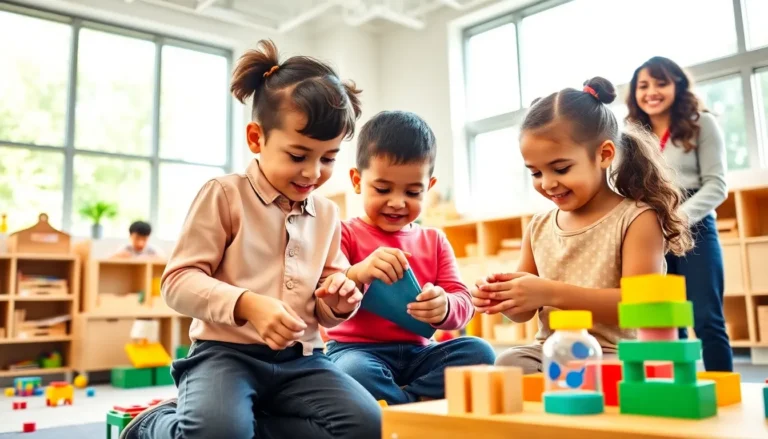When it comes to opening your heart and home to a child, adoption and fostering present two unique paths filled with joy, challenges, and an adventure that’s unlike any other. If you’ve ever considered becoming a parent in a way that could change lives, you’re not alone. Millions of caring individuals step into the world of child welfare each year. In this guide, we’ll explore the ins and outs of adoption and fostering, so get ready to discover how you can make a profound difference in a child’s life. Plus, you might even learn a few things that you never knew about the process.
Table of Contents
ToggleUnderstanding Adoption and Fostering

Adoption and fostering are often confused, yet they each play a vital role in the child welfare system. At their core, both aim to provide stability and love to children in need.
The Differences Between Adoption and Fostering
Adoption is a permanent legal arrangement, meaning once a child is adopted, they become a member of the family in every sense. Fostering, but, is typically a temporary situation designed to provide a safe haven for children while their birth families work through challenges. While some children may move from foster care to adoption, the two processes serve different purposes.
Types of Adoption
There are various types of adoption, each catering to specific circumstances. Domestic adoption allows parents to adopt within their own country, while international adoption brings children from abroad into a new home. There’s also foster-to-adopt, where families become foster parents with the goal of adopting the child later.
Types of Fostering
Fostering isn’t a one-size-fits-all scenario. You can choose short-term fostering, which involves caring for a child for a limited period. Alternatively, long-term fostering provides a child with stability until reunification with their parents or adoption is finalized. Respite fostering offers a break for full-time foster families, proving essential for their well-being.
The Adoption Process
Navigating the adoption process may seem overwhelming, but it’s manageable with the right information.
Eligibility and Requirements
Every adoption journey begins with understanding eligibility. Generally, prospective parents must be at least 21 years old, financially stable, and able to provide a loving home. Each state has its own unique requirements, so it’s crucial to research thoroughly.
Home Study Process
The home study is a critical component of the adoption process. This assessment involves interviews, home visits, and background checks intended to evaluate the readiness of prospective parents. While the thought of a home study might make some parents nervous, it’s actually a great way to prepare for the journey ahead.
Finalization of Adoption
Once everything’s in place, the finalization of adoption is usually celebrated in a court hearing. This heartwarming moment when the adoption is officially sealed solidifies the bond between the parent(s) and the child. It’s a picturesque end to what can feel like a long, but rewarding process.
The Fostering Process
Becoming a foster parent is both an act of generosity and a commitment that transforms lives.
Becoming a Foster Parent
The path to becoming a foster parent varies, but it typically requires training and background checks. State agencies provide training programs designed to equip foster parents with the skills necessary to support children who have experienced trauma. Ready to take the leap? Many families find fostering to be a life-changing experience.
Support and Resources for Foster Families
Foster parents aren’t alone. Numerous resources and support systems exist to help them navigate the ups and downs of fostering. From local support groups to online communities, these networks foster connection and provide crucial tips and guidance.
Challenges in Adoption and Fostering
As rewarding as adoption and fostering can be, they do not come without their share of challenges.
Emotional and Psychological Aspects
Children entering foster care or adoption may carry emotional and psychological scars. It’s critical for parents to be diligent in understanding these feelings and to seek professional help when necessary. Parenting a child from a traumatic background requires special care and love.
Legal Challenges
Legal hurdles can also present challenges. Whether navigating custody battles or understanding adoption laws, prospective parents must be equipped with knowledge and patience to traverse this complex legal landscape.
Building a Support Network
Creating and maintaining a support network can make all the difference for adoptive and foster families.
Community Support and Advocacy
Communities that prioritize child welfare often have advocacy groups and organizations dedicated to supporting families. These entities provide crucial resources, training, and community engagement opportunities. Finding a like-minded community can offer needed encouragement and shared experiences.
Connecting with Other Families
Connecting with other families who have walked a similar path can be invaluable. Whether through local meetups or online forums, these interactions serve as support systems providing advice, friendship, and solidarity.




